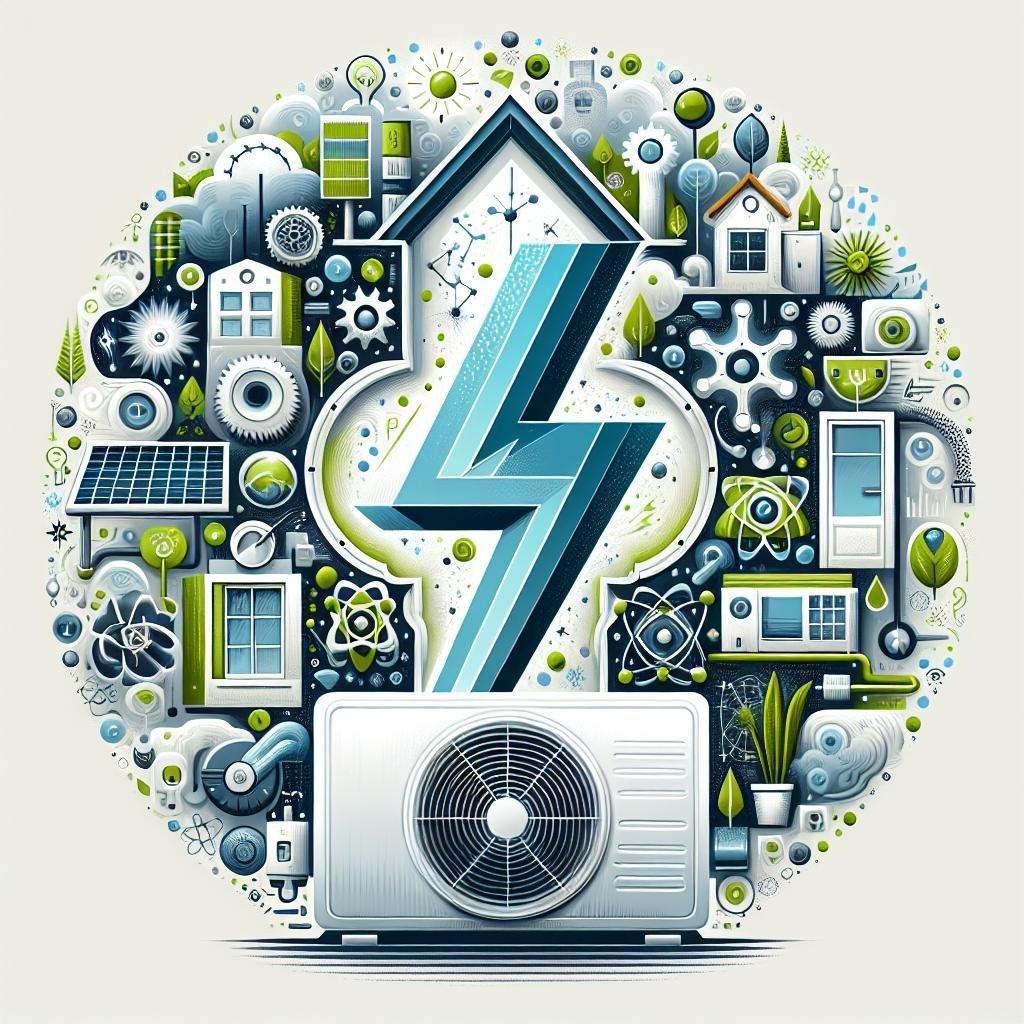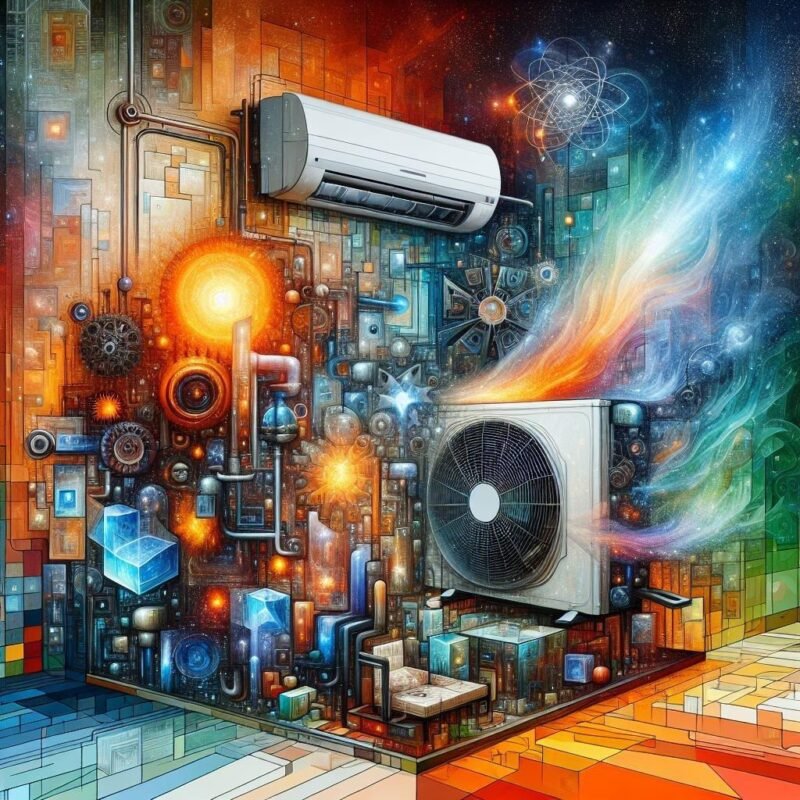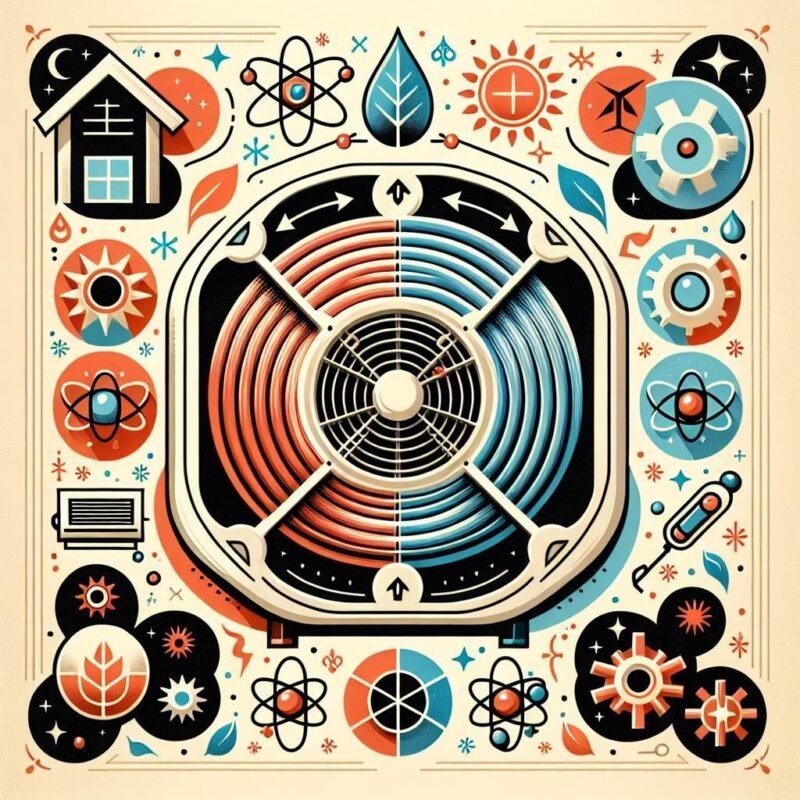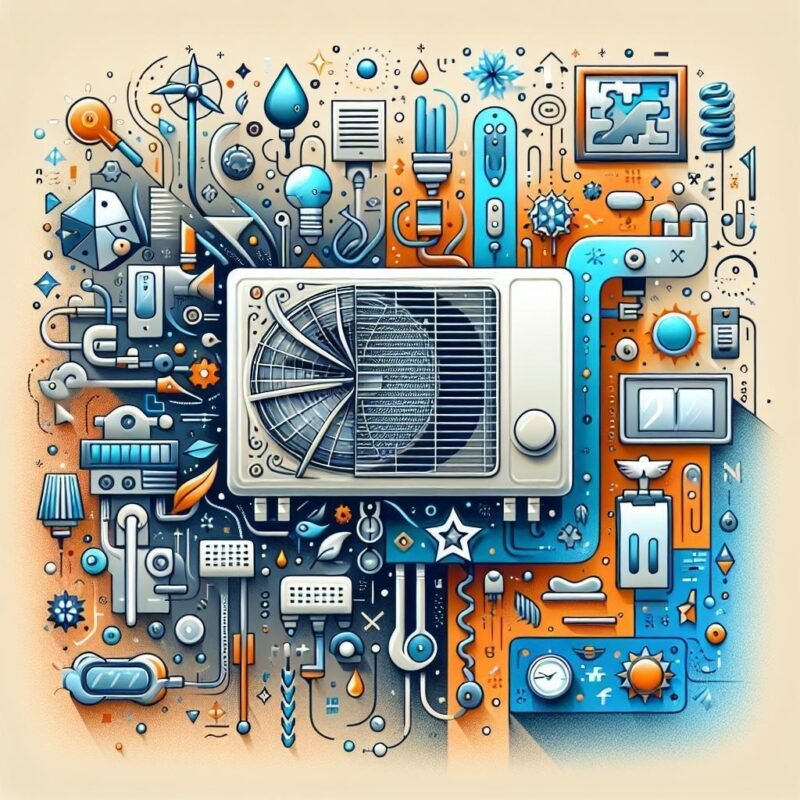What is the power consumption of a mini split AC system?

Picture this: ItS a scorching summer day, and your trusty mini split AC hums quietly in the background, keeping your space perfectly chilled. But have you ever wondered about the real cost of that sweet, cool comfort? As more homeowners ditch traditional AC units for these sleek, wall-mounted champions of climate control, one question keeps popping up at dinner parties and DIY forums alike: just how much juice does a mini split actually gulp down? Let’s dive into the world of BTUs, kilowatts, and energy efficiency to uncover the truth about these modern cooling marvels.
Understanding Your Mini Splits Energy Appetite: From Watts to Bills
Imagine your mini split as a careful energy gourmet, tasting just the right amount of electricity to keep you comfy. These elegant systems typically draw between 600 to 2,000 watts while running – quite modest compared to their central AC cousins. But here’s the cool part: mini splits are master energy sommeliers, sipping power in short bursts rather than gulping it continuously. They achieve this through their clever inverter technology, which adjusts power consumption like a skilled chef adjusting the heat under a delicate sauce.
Let’s break down this power feast into bite-sized pieces that make sense for your wallet:
- Startup Power Surge: Brief 2,000-3,000 watt spike (like an espresso shot)
- Regular Operation: 600-1,500 watts (your main course)
- Standby Mode: Mere 5-10 watts (just a mint after dinner)
| Usage Level | Daily Cost* | Monthly Impact |
|---|---|---|
| Light (4hrs) | $0.80 | $24 |
| Medium (8hrs) | $1.60 | $48 |
| Heavy (12hrs) | $2.40 | $72 |
Cracking the Code: BTUs, SEER Ratings, and Real-World Power Usage
Understanding how your mini split AC system consumes power isn’t rocket science, but it does involve a few key numbers that’ll make you feel like a cooling expert. british Thermal Units (BTUs) measure your system’s cooling capacity, while Seasonal Energy Efficiency Ratio (SEER) ratings tell you how efficiently it performs.Think of BTUs as your car’s horsepower and SEER as its miles per gallon – they work together to determine how much energy you’re actually using.
Let’s break down these efficiency metrics into bite-sized pieces:
- Higher SEER ratings (16-22) mean lower power bills
- each BTU requires about 0.293 watts for cooling
- Actual power usage varies with outdoor temperature
- Modern inverter technology reduces consumption by 30-60%
| BTU Rating | Average Daily Usage | Monthly Cost* |
|---|---|---|
| 9,000 | 2.6 kWh | $23-35 |
| 12,000 | 3.5 kWh | $31-47 |
| 18,000 | 5.2 kWh | $46-70 |
*Based on average electricity rates of $0.13/kWh
Smart Ways to Keep Your mini Split Running Lean and Mean
Regular maintenance and smart usage can significantly impact your mini split’s efficiency.Timely filter cleaning and ensuring unobstructed airflow around both indoor and outdoor units are game-changers for optimal performance. Set your temperature wisely – every degree of cooling below 75°F (24°C) can increase energy consumption by up to 3%. consider using the unit’s built-in timer and programming features to automatically adjust temperatures based on your daily routine.
Take advantage of these energy-saving tactics to maximize efficiency:
- Use the dehumidification mode during humid days
- Clean or replace filters every 4-6 weeks
- Keep outdoor unit in shade when possible
- Seal any air leaks around windows and doors
- Schedule professional maintenance twice yearly
| Maintenance Task | Frequency | Energy Impact |
|---|---|---|
| Filter Cleaning | Monthly | up to 15% savings |
| Coil Cleaning | bi-annually | up to 25% savings |
Making Sense of Operating costs: Daily, Monthly, and Seasonal Power Draw
Want to keep track of your mini split’s energy appetite? Let’s break down those numbers into bite-sized pieces. A typical 12,000 BTU mini split draws around 1,000 watts per hour during active cooling, but this isn’t a constant figure. When the desired temperature is reached, the system shifts into maintenance mode, using only 200-300 watts to keep things cool. Think of it like cruise control in your car – once you’re at speed, it takes less energy to maintain it.
Seasonal changes play a huge role in your system’s power consumption. Here’s what impacts your electricity bill:
- Outdoor temperature fluctuations
- Indoor comfort preferences
- Time of day usage patterns
- System efficiency rating (SEER)
| Season | Average Daily Usage | Monthly Cost* |
|---|---|---|
| Summer | 8-10 hours | $75-90 |
| Spring/Fall | 4-6 hours | $35-45 |
| Winter | 6-8 hours | $55-70 |
*Based on average electricity rate of $0.13/kWh
Q&A
Q&A: Understanding the Power Consumption of a Mini Split AC System
Q1: what exactly is a mini split AC system, and how does it work?
A: Great question! A mini split AC system is a compact and efficient air conditioning solution that consists of two main components: an outdoor condenser unit and one or more indoor air handling units. These systems work independently,allowing you to control the temperature in different rooms. They operate using refrigerant to transfer heat, keeping your space cool and pleasant—plus, they can also provide heating functionality.
Q2: So, what about power consumption? Is it really that energy-efficient?
A: Absolutely! Mini split AC systems are known for their energy efficiency. Typically, they use less energy compared to traditional central air conditioning systems because they enable zoned cooling—meaning you only cool the rooms you’re using, rather than the entire house. On average, a mini split system can consume anywhere between 600 to 2,000 watts per hour, depending on its size and capacity.
Q3: how do I determine the power consumption specific to my mini split system?
A: To find out how much power your mini split will consume,you can check the unit’s energy rating,usually expressed in BTUs (British Thermal Units). The higher the BTUs, the more cooling power it provides, which can mean higher energy usage. Look for the unit’s SEER (Seasonal Energy Efficiency Ratio) rating; a higher SEER means it’s more efficient and will consume less energy.
Q4: What are some factors that can affect the energy consumption of my mini split?
A: Several things can play a role in your mini split’s energy consumption! The size of the space, insulation levels, outside temperature, and how frequently enough you run the system all contribute. As an example, an older home with drafty windows will require more energy to maintain a cool temperature compared to a modern, well-insulated one. Regular maintenance, like cleaning or replacing filters, also helps keep it running efficiently!
Q5: Any tips for minimizing energy consumption while using a mini split?
A: You bet! Here are some pleasant reminders:
- Set the right temperature: Keep the thermostat at a moderate setting—around 75°F (24°C) is a good balance between comfort and efficiency.
- Use timers and smart controls: Setting your mini split to turn off when you’re not home saves energy and money.
- Seal drafts: Ensure windows and doors are properly sealed to avoid cool air escaping and hot air sneaking in.
- Utilize ceiling fans: pairing your mini split with ceiling fans can help circulate air and reduce the load on your AC unit.
Q6: Will investing in a mini split AC system save me money in the long run?
A: Yes! While the initial investment may be higher than traditional systems, the energy-saving potential of mini splits can lead to lower monthly utility bills. Plus, many utility companies offer rebates for installing efficient systems, which can definitely help offset costs. And don’t forget the added comfort of having customizable climate controls for each room!
Q7: Any final thoughts for the readers?
A: Choosing a mini split AC system is like welcoming a cozy, cool friend into your home—it’s efficient, flexible, and will keep you comfortable. By being mindful of how you use it and understanding its power consumption, you can enjoy a refreshing habitat while keeping your energy bills in check. Happy cooling, everyone!
Final Thoughts
As we wrap up our chilly exploration of mini split AC systems and their power consumption, it’s clear that these efficient little units are more than just a breath of fresh air; they’re a smart choice for both your comfort and your wallet. By understanding their energy impact, you can make informed decisions that keep your space cool without breaking the bank.
So, whether you’re contemplating a cozy upgrade for your home or simply curious about how to keep your energy bills in check, remember that every degree of knowledge powers you up for success. With the right mini split AC system tailored to your needs, you’ll be riding the cool breeze of efficiency all summer long. Stay cool, stay informed, and happy cooling!






















